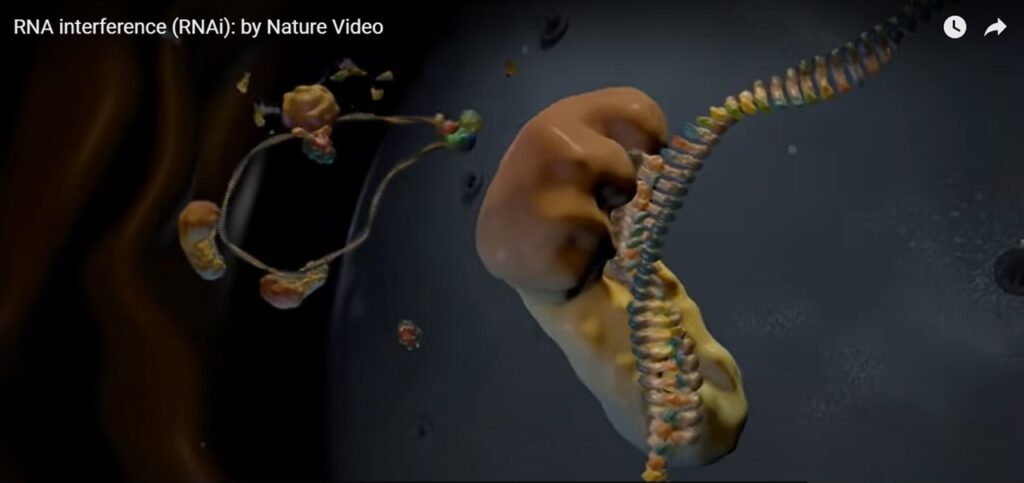In a groundbreaking study recently published in Nature Communications, scientists from Northwestern University and various research institutions have shed light on a previously unrecognized connection between survival genes, neurotoxicity, and the onset of Alzheimer’s disease and aging. The paper, titled “Death induced by survival gene elimination is correlated with neurotoxicity in Alzheimer’s disease and aging,” explores the delicate balance of small regulatory RNAs (sRNAs) in the aging brain and their impact on the development of neurodegenerative diseases.
Key Findings
Led by Marcus Peter, PhD, the corresponding author on the paper and a distinguished professor of cancer metabolism at Northwestern University’s Feinberg School of Medicine, the research team delved into the intricate world of sRNAs to uncover their role in the aging process and neurodegeneration. One of the pivotal discoveries was the shifting equilibrium between toxic and protective sRNAs in aging brain cells.
According to Dr. Marcus Peter, “We found that in aging brain cells, the balance between toxic and protective sRNAs shifts toward toxic ones.” This revelation opens new avenues for understanding the mechanisms behind the manifestation of neurodegenerative diseases, particularly Alzheimer’s.

Insights into Neurodegenerative Diseases
The study provides a fresh perspective on the progression of neurodegenerative diseases. Dr. Peter explains, “Our data provide a new explanation for why, in almost all neurodegenerative diseases, affected individuals have decades of symptom-free life and then the disease starts to set in gradually as cells lose their protection with age.”
This temporal correlation between a seemingly asymptomatic phase and the later emergence of neurodegenerative symptoms has long puzzled researchers. The current findings suggest that the gradual decline in protective sRNAs over time might be a crucial factor, offering a potential explanation for the delayed onset of diseases like Alzheimer’s.
Implications for Treatment
Perhaps the most promising aspect of the research lies in its implications for future therapeutic strategies. Dr. Peter emphasizes, “Our data support the idea that stabilizing or increasing the amount of protective short RNAs in the brain could be an entirely new approach to halt or delay Alzheimer’s or neurodegeneration in general.”
This opens the door to innovative treatment approaches that focus on manipulating the levels of protective sRNAs. If researchers can develop methods to stabilize or enhance these regulatory molecules, it could pave the way for groundbreaking interventions to slow down or even prevent the progression of neurodegenerative diseases.
The Road Ahead
While the study marks a significant step forward, it is crucial to recognize that further research is needed to fully comprehend the complexities of sRNAs in the aging brain and their intricate interplay with neurodegenerative processes. Collaborative efforts between scientists, clinicians, and the pharmaceutical industry will be essential to translate these findings into tangible therapeutic solutions.
Conclusion
The paper published in Nature Communications, authored by scientists from Northwestern University and other research institutions, offers a fresh perspective on the connection between survival genes, neurotoxicity, and the onset of Alzheimer’s disease and aging. Dr. Marcus Peter’s insights into the shifting balance of toxic and protective sRNAs in aging brain cells provide a new explanation for the delayed onset of neurodegenerative diseases. Most importantly, the study suggests a novel therapeutic approach – manipulating the levels of protective sRNAs – which could revolutionize the treatment of Alzheimer’s and other neurodegenerative conditions. As the scientific community continues to unravel the mysteries of the aging brain, this research brings hope for a future where we can not only understand but also effectively intervene in the progression of debilitating neurological disorders.


Leave a Reply